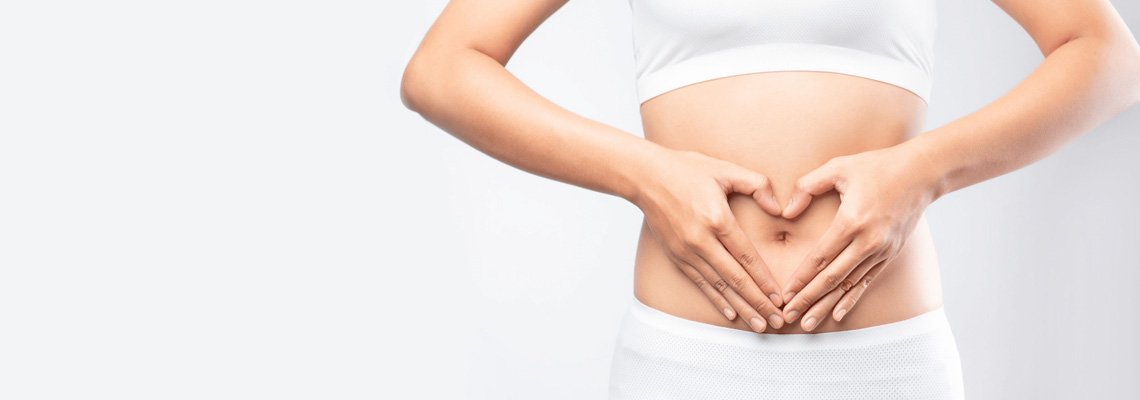05
2022
Perimenopause: How to help yourself

Perimenopause – and how you can help yourself?
A big deal is made about what women go through before menopause – termed perimenopause. 'If you name a phase you are going through it becomes you' by this I mean if you keep saying you are going through this and that symptom because of perimenopause or menopause, you will identify with this phase too much and it need not be this way. Like any other phase of a woman's life, it's just that: just another phase.
The contemporary woman is also faced with new and unique challenges in her everyday life. The book discusses how these stresses affect perimenopause and seek to present the impact of lifestyle and environmental stressors. It also seeks to introduce women to their hormones and help them recognize the reality and consequences of menopause as a hormone-deficiency state. The medical aspects of the book outline each hormone—why they are needed, their functions, and the results of lack or excess that would lead to perimenopausal disturbances.
How do you know whether you have reached your midlife or your perimenopause? You are said to have reached your natural menopause when you have no periods for twelve months with the absence of any medical problems. This occurs when you have used up all or almost all the egg (oocyte) containing follicles in your ovary, resulting in a dramatic fall in estrogen levels, medically described as hypoestrogenism.
Definition of perimenopause and menopause
There are three terms we need to define so that you can identify the stages that women go through during the climacteric.
First, there is pre-menopause. This term is used to describe the early years of the climacteric, generally after forty years. It has been divided into an early phase which is variable and a late phase of one to three years. Lately referred to as perimenopause.
Second, there is menopause. This is a definitive event that has a date and is the final menstrual period in a woman’s life. It is a biological landmark in a woman’s life that marks the end of her natural reproductive life. Menopause is generally confirmed retrospectively when there are no periods for twelve consecutive months after the last period.
Third, there is post-menopause. This is the time after menopause has occurred, starting when you have not had a period for twelve consecutive months. This too has an early phase and a late phase.
In a nutshell: What do your hormones do?
Your hormones are your body's messengers. They travel to all parts of your body and are responsible for keeping you physically and mentally in balance. Your reproductive hormones belong to a chemical class called steroids. The two main classes of sex steroids or sex hormones are estrogens and androgens, of which the most important human derivatives are estradiol and testosterone respectively. Progestogens are considered the third class of sex steroids, with progesterone being the most important. In general, estrogens and progestogens are considered 'female sex hormones, and androgens are considered 'male sex hormones, although all of them are present in both sexes in different levels and concentrations.
What factors determine how they stay in balance?
- Balance of vitamins, minerals, and enzymes
- Influence of stress
- Your diet and lifestyle
What happens when you are approaching menopause?
- Leading up to menopause, as there is no need for ovulation to take place, estrogen naturally declines about 40 to 50 percent. Progesterone is responsible to stimulate ovulation drops. So sometimes you may go through an excess of estrogen (unopposed estrogen) which will lead to perimenopausal symptoms.
- Another facet of estrogen dominance in perimenopause years happens also when you get exposed to xenoestrogens or xenohormones also called Endocrine Disruptors (EDCs).
What are Endocrine Disruptors?
These are compounds in your environment that mimic estrogen called Endocrine Disruptors (EDCs). These could be in your detergents, makeup, pesticides, hair color or products, nail paint, all plastics (BPA), and industrial environmental situations.
They enter the body with extreme ease through the skin, accumulating in lipid-rich tissue mainly fat, brain and nerve tissues. These could cause the following:
- Fatigue
- Depression
- Mood swings
- Oxygen deprivation to the brain
- Anxiety
- Mental fogginess
- Short-term memory loss
- Lack of coordination
Estrogen while required by us in the right amount, and during perimenopause when deficient does lead to hot flashes, night sweats, memory loss, fatigue, vaginal dryness, and mental fogginess – estrogen dominance can also lead to the same symptoms as explained earlier.
Foods to avoid during pre-menopause and menopause
- Sugar
- Refined carbohydrates
- Alcohol
- Dairy and dairy products
- Refined oils
- Stimulants like caffeine and too much Indian tea
- Minimize all animal foods, staying plant-based will help symptoms
- Processed foods
- Gluten
- Antibiotics and painkillers
All of the above will damage your gut further.
Foods to include during pre-menopause and menopause:
- Whole grains: brown rice and millet (gluten-free grains)
- All Vegetables
- All beans and lentils
- Nuts and seeds (especially chia, flax, and sesame)
- Cold Pressed oils
- Can do fish
- Fermented foods: sauerkraut, kanji, pressed salads, and quick pickles
- Fruit
Supplement to include (optional) during pre-menopause and menopause
- Amlaki – amla
- Shatavari
- Ashwagandha
- Turmeric/Curcumin
- Include a probiotic supplement
Lifestyle aids during pre-menopause and menopause
- Strength training via yoga (inversions and restoration), yoga, Yogalates or Pilates
- Add pranayama and meditation to combat stress
- Focus on strengthening pelvic health (include Kegel exercises)
- Quit caffeine completely
Parts of this blog are excerpts from my book written with Dr Nozer Sheriar ‘Finding your Balance Your 360° Guide to Perimenopause and Beyond'
